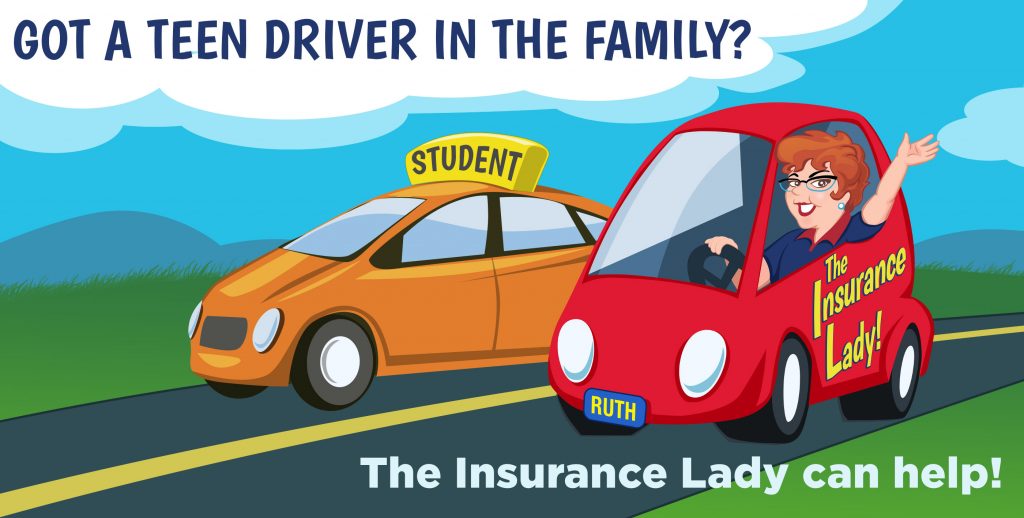Insurance for a New Driver
Contributing Factors:
-
Vehicle Selection
-
Number of drivers in the family
-
Discounts
They grow up so fast! It seems like yesterday that your child was taking their first steps, then riding a bike, and now your baby is a teenager who wants to learn to drive. As an insurance agent, we find that parents worry about 2 things: safety and the cost of insurance. We also find a ton of confusion about the best way to handle insurance for a new driver. Here’s a bit of information to help you make the best choices for your family.
Learning to drive
By the time your child is a teenager, you are typically half way, or more towards your own retirement. Along the way, you bought a house, saved for college, invested for retirement. You are also established in your career, and your income is likely the highest it’s ever been. These are all good things! Things worth protecting. So this teen driving thing is big because it’s about so much more than driving. It’s about protecting your family – both physically AND financially.
Safe driving is not just a skill, it’s also an attitude. And you’ve been teaching your child since the day you drove them home from the hospital. All those years of putting on the seatbelt, carefully pulling into traffic, obeying the rules of the road set the example of how to drive. Conversely – any driving negatives – eating, texting, shaving, cursing, speeding, or worse – are what you’ve taught your kids.
Vehicle selection
When it comes to safety, it’s the combination of the driver AND the vehicle that’s important. Let’s talk about the vehicle. For many parents, vehicle safety means a big car – one that will surround your kids with metal – enough to protect them from other vehicles. And that’s a nice idea, but it’s not the only consideration. Consider also vehicle fit. Fit is a combination of factors: how easily the driver can navigate the vehicle (everything from blind spots to dashboard technology), how well the vehicle fits into the driving environment (urban, suburban, rural or a combination) AND at the end of the trip, how where the vehicle will be parked.
Vehicle selection also impacts the cost of insurance. And here’s where I find the most confusion. Parents tell me that their child will drive only the assigned vehicle, and that’s the one they want to pay for. Insurance companies, however, understand that everyone in the household has access to ALL the cars so the insurance rates are based on a composite of both drivers AND vehicles.
Here’s 2 examples:
- Families with more drivers than cars. In this case, the most expensive drivers will be “rated”
- Families with the same number of cars (or more) than drivers – in this case, each driver is assigned to a car for “rating” purposes, and everyone can drive all the cars.
In either approach, an older car, one that’s fully depreciated but still reliable, the usually the best car to assign to the teen driver for insurance rating purposes. They may also drive this car, but it’s not required.
Discounts?
The other important factor for insurance rates is discounts; the most common in the industry is the good student discount. But that’s just the beginning, the multi-policy discounts commonly referred to as “bundling” far outweighs the discount for being a good student. This is important when considering if your child should get their own policy or be added to the family policy. Being part of your family’s insurance coverage provides the lowest rates so don’t be tempted to send your kid off to a discount insurance company. It’s just not worth it.
In closing, with so many variables to consider, the best thing you can do is talk to your insurance agent. Brainstorm the choices that are best for your family to come up with a strategy that makes sense for both you and your teen driver.



